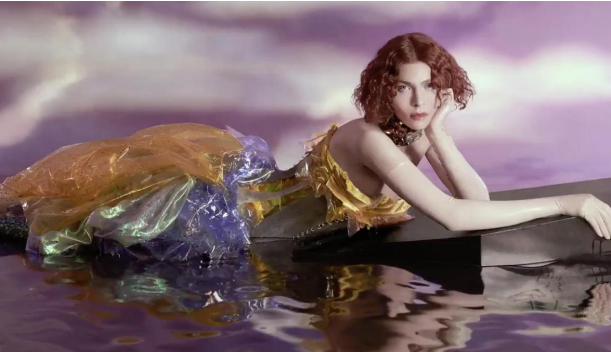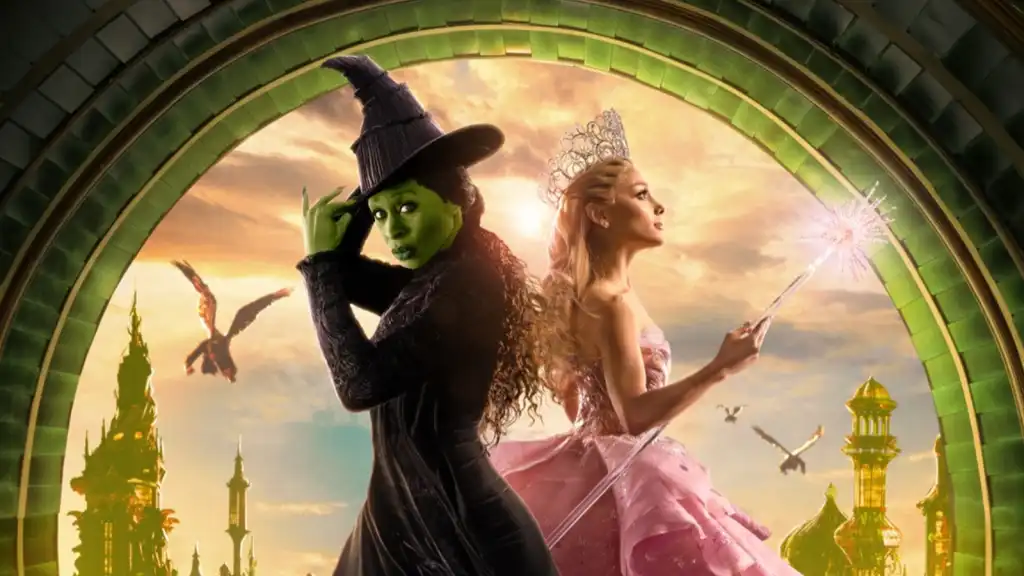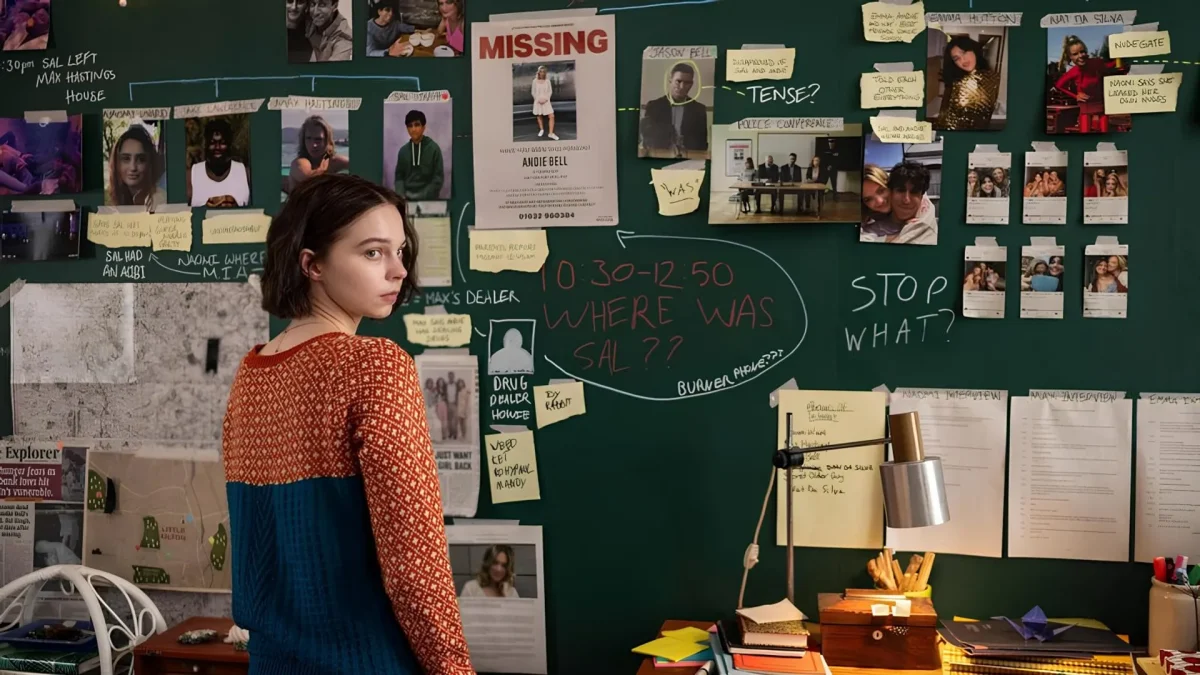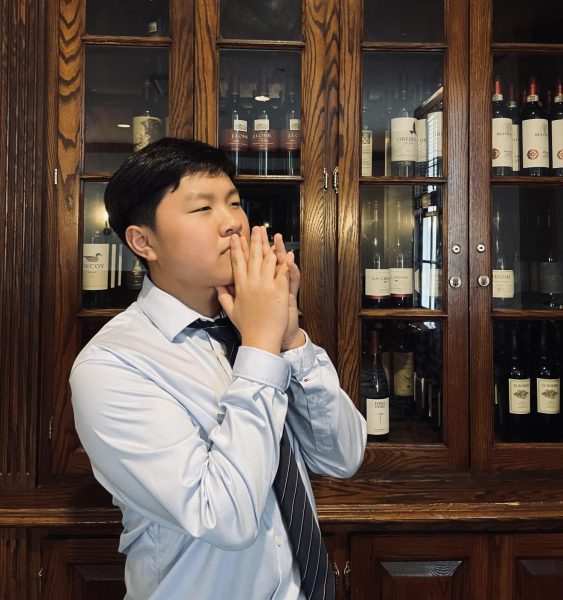Recent controversy has struck critics and general audiences alike as the sequel to the first Joker film has arrived in theaters. Disliked and slandered by fanatics and general moviegoers, Joker: Folie à Deux received an astonishingly low Rotten Tomatoes score of 32% (at the time of my writing this). Since the sequel’s announcement, people have become more skeptical of the film throughout each step of its development. Even around the spring of 2024, when the film was revealed as a musical starring Lady Gaga, it stirred quite the controversy that the film would risk being ridiculed and riddled with musical numbers and dance sequences. Nevertheless, I had the pleasure of seeing the film opening weekend and thoroughly enjoyed several aspects of the film while also critiquing others. Still, I firmly believe that the film receives too much hate and negativity, and ultimately, I want to address some aspects and highlights to help audiences gain a better understanding of the direction this sequel takes. Please note that there will be minor spoilers for both Joker and Joker: Folie à Deux.
To anyone who has seen or plans on seeing the first Joker, you must understand that the focus and direction of the sequel starkly contrast its predecessor. The first film attentively explores Arthur Fleck and his place as a social outcast in Gotham, a city whose ignorance created the character and archetype of Joker. This theme of “not fitting in” does return in the sequel, but I maintain that the film goes even beyond by exploring his newfound relationship with Harley Quinn, as well as Arthur’s eventual acceptance that the Joker persona was never truly there. The director, Todd Philips, even came out and said that Arthur never wanted to be the Joker, but instead, society placed the role of Joker onto him. Rather, Arthur simply used the vast attention he gained from his actions to make his voice heard in a society that has previously and essentially shunned him, as evidenced by the trajectory and story development of the sequel. Belligerent fans of the first film completely misinterpreted this, as they saw this narratory change as a complete betrayal of the first film. However, I like how this sequel is thematically different, as it does not glorify mental illness, depression, and social anxiety and instead elects to unravel the means by which Arthur copes with his trauma, which leads to my next subject: musical numbers.
One major complaint prevalent among audiences is the film’s implementation of musical numbers. People deemed it unnecessary, as it appeared to bring the film’s momentum to a drastic halt. However, I’d like to ask: when do musical numbers ever not halt the plot? A prime example is the 1952 film Singin’ in the Rain, the quintessential movie musical. The musical sequences served a purpose other than perpetuating the story and actually would go on their own little tangents. There was even a 10-minute ballet sequence that contributed very little to the plot and was an absolute refreshment for the eyes of the audience. I view these moments as a chance for these characters to express themselves in a creative and extravagant manner that transcends the very medium of cinema–a way that better correlates to the idea of the theatre. In Joker: Folie à Deux, the musical sequences serve a greater purpose than just propelling the diegesis: they allow characters like Arthur and Harley to identify with each other and their shared delusions in a distinct, visual, and musical style. Through these sequences, we can gain a new and vastly different perspective than we did in the first film, and it is our responsibility to accept this new form of expression and identity from Arthur.
Joker: Folie à Deux is not as terrible as critics and general audiences make it out to be. I believe that the issue is partly due to the stubbornness of mainstream audiences who may not be receptive to this change in narrative as much as the average cineaste. Instead, they pick apart the film, fabricating arguments that the film is “boring” and a complete waste of time. While I do acknowledge some of the legitimate flaws the film has, such as the criminal underutilization of Lady Gaga, a lackluster ending, and, according to most, the betrayal of the fanatics of the first film, the sequel does reach a higher level of creativity than the first, which drew heavy inspiration from the Martin Scorsese films The King of Comedy and Taxi Driver. Its terrific use of lighting and color contrast–a rarity in an expensive comic book film of this degree–did not go unnoticed at any point in the film. I was glad to have seen Joker: Folie à Deux in theaters and been able to formulate my own opinion on this seemingly controversial yet wildly entertaining film. If you want to form your own opinion on the film, be sure to see it in theaters or on streaming services starting on October 29th.








